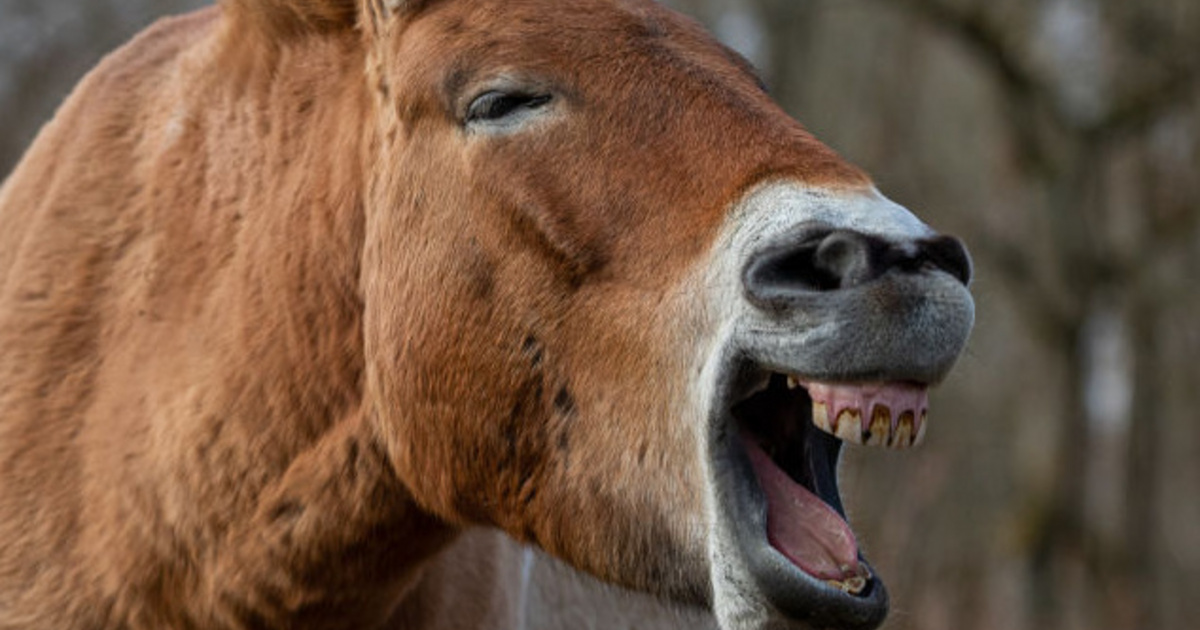As is known, China recently announced that the wild giant panda is no longer threatened with extinction. This isn’t the first animal species that conservationists have saved with hard work. Between 1993 and 2020, active human intervention brought 48 different animal and bird species back from the brink of extinction.
The most successful methods of rescue are to return animals that have reproduced little to their former habitat as quickly as possible, but there are places where rescue requires the development of a vaccine, and there are also attempts to rebuild an ecosystem that disappeared centuries ago.
There is still a lot of work to be done, as there are 35,500 animal species threatened with extinction on Earth in 2020.
Eurasian lynx
Predator in the nineteenth. It disappeared from Europe during the nineteenth century, but in the 1970s managed to resettle its specimens in Switzerland, France, Italy, Austria and Germany. They currently live in isolated groups on the continent.
in the Arabian Peninsula
It is an animal native to the Arabian Peninsula, adapted to desert life, and was hunted for its meat, skin and horns, so it became completely extinct by the 1970s. Thanks to restockings, it was removed from the list of endangered animals in 2011. Currently, there are about a thousand people living in the wild and about 6000 in captivity.
Photo: Lisa Tyler/Getty Images Hungary
Devil’s wallet
The bag predator, also known as the Tasmanian devil, was once omnipresent throughout Australia. The first humans who arrived with humans 8000 years ago, the dingo, were expelled from their former habitat. By the 1990s, contagious facial tumor disease had killed 90 percent of them. Science has been successful since mid-2010 with a vaccine developed against the disease. The initial stock has been replanted in the wild in NSW from 2020 onwards.
Chinese alligator
Rice fields were established in the habitat of reptiles living along the Yangtze River, and only a hundred wild specimens were found at the end of the millennium. In 2019, an attempt was made to double the population by displacing 120 alligators.
European bison
The herbivorous mammal, which became extinct in Britain ten thousand years ago, has been revived by local conservationists in Kent. Their efforts are hampered by the fact that the country’s traditional natural environment has been completely destroyed over time, yet the “ecosystem engineers” will release the bison in 2022 after the ancient forests are restored.

Photo: Dan Kitwood / Getty Images Hungary
David Monastery
The deer breed, nicknamed the French converter of the breed, but also nicknamed the Milo, is native to China and used by locals in the 19th century. By the end of the century it was completely hunted. The surviving specimens have been re-cultivated from European zoos by breeding and 700 animals already live in their original habitat.
Guami guvat
The bird species were killed by a species of snake that was introduced and bred on the Pacific island in the 1970s. Since 1981, in a program organized to save them, the birds have been bred in captivity and released on the nearby snake-free island of Rota.
california porpoise
The marine mammal, native to the northern Gulf of California and growing to a distance of one and a half meters, is the smallest known whale. Extensive hunting has decimated the stock, and efforts to rescue them have so far only slowed their sharp decline in numbers. With only 10 copies left today, it may not be possible to save them in the long term.

Fotó: Photo Alliance/Getty Images Hungary
Przewalsky’s horse
The Asian wild boar was the closest wild relative of the domestic horse and was the last wild species until it became extinct in the 1960s. As a result of a breeding program launched to save them, the release of hooves began in 1992 in Mongolia. Today, they also live in China and Russia, and soon they will raise their stock in Kazakhstan. Currently, 1900 Przewalski’s horses live in the wild and in captivity. Saving them is known as a school model for saving endangered animal species.
gray wolves
Wolves are reintroduced 70 years later to the world’s oldest national park, Yellowstone, USA, where a herd of deer that has doubled over the decades is threatened by beavers. The number of the 41 repatriated wolves grew to 600 in a quarter century. Outside the park, however, the animals are actively hunted by breeders who protect their livestock.












































